All-In [30121]
TigerPulse: 100%
Posts: 8927
Joined: 10/31/10
|
Battleships! 5

15

15
Feb 9, 2023, 4:36 PM
|
|
Despite the rampant inter-war treaty violations and gross overbuilds by the Japanese Navy, they were putting their eggs in the wrong basket.
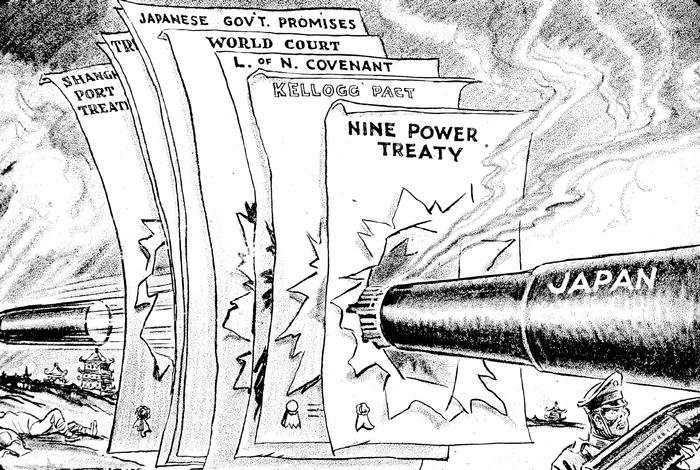
Here a Japanese battleship smashes through the British and American Navies.


Their eggs were in the wrong basket because by the start of WW2, the US Navy mostly saw the writing on the wall. Although battleships still had a useful life, the Vinson-Walsh Act showed that having carriers, and building more carriers, was the future.
The start of naval aviation, 1910

And just 30 years later
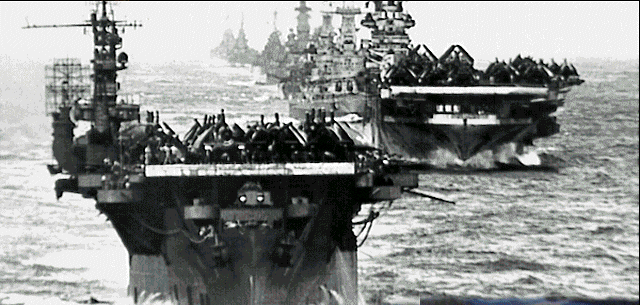
But although we saw the future, the Japanese were still equally split between guns and planes at the start of the Pacific War. In early 1941, the Imperial Japanese Navy consisted of 10 Aircraft carriers and 10 battleships, plus support ships. Not 19 battleships and 1 carrier, and not 19 carriers and 1 battleship, but 50/50.
The IJN, 1941

Here’s the Imperial Japanese Navy a little later, circa 1943. We know it’s about 43 because of a couple of things. The Hayataka never existed. That was a name translation error that occurred after Midway in 1942. The Hayataka was actually the carrier Junyo. And the Ise started out as a battleship, but was converted to a carrier, also after Midway.
The scale of the ship sizes is also off, and the names generally represent classes. Like, the Yamato class included both the Yamato and the Musashi. As a bitter nod to the future, the final Yamato class ship, the Shinanao, was converted by them to, yep, a carrier.

The ex-Yamato Class Battleship IJN Shinano, now a carrier, in 1944. She survived 10 days and was sunk during her sea trials by US submarine power.
USS Archerfish, slayer of the Shinano.
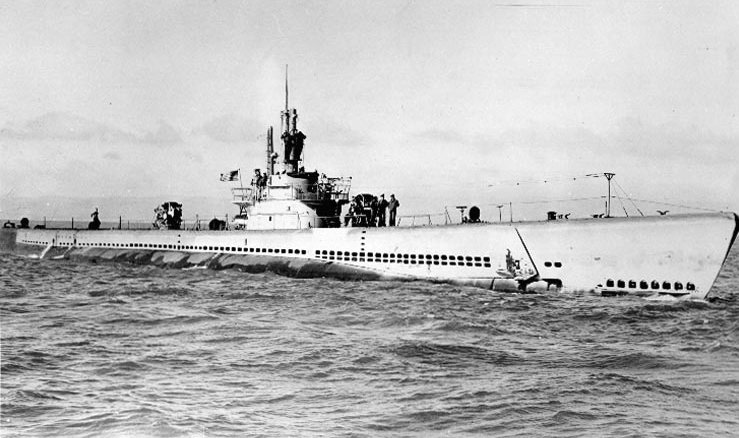
The Japanese were just slow to realize the full dominance of air power. Which is surprising. Even the official attack orders for Pearl Harbor called explicitly for EQUAL priority between American battleship targets and carrier targets.
Not “Get the carriers first”, or “Get the battleships first". That’s very telling of the Japanese mindset at the time. Apparently they felt that while a battleship was vulnerable in port, on the loose in a wide open ocean, it was a deadly threat. For whatever reason, they clung to the Big Gun doctrine till almost the very end.
Had Pearl Harbor been full, we had 8 battleships and 3 carriers based there in December, 1941.
Pacific Fleet Battleships, 1941.

You’ll notice that once you get above the deck, battleships have masts that support spotting platforms, range finding equipment, and later, radar.
The lattice type mast was older but subject to failure, and so through the 1930’s battleships were converted to the tripod mast which British battleships used. The Japanese used the massive “pagoda” type mast.
Lattice Mast

Collapsed Lattice Mast.

Tripod Mast

Pagoda Mast
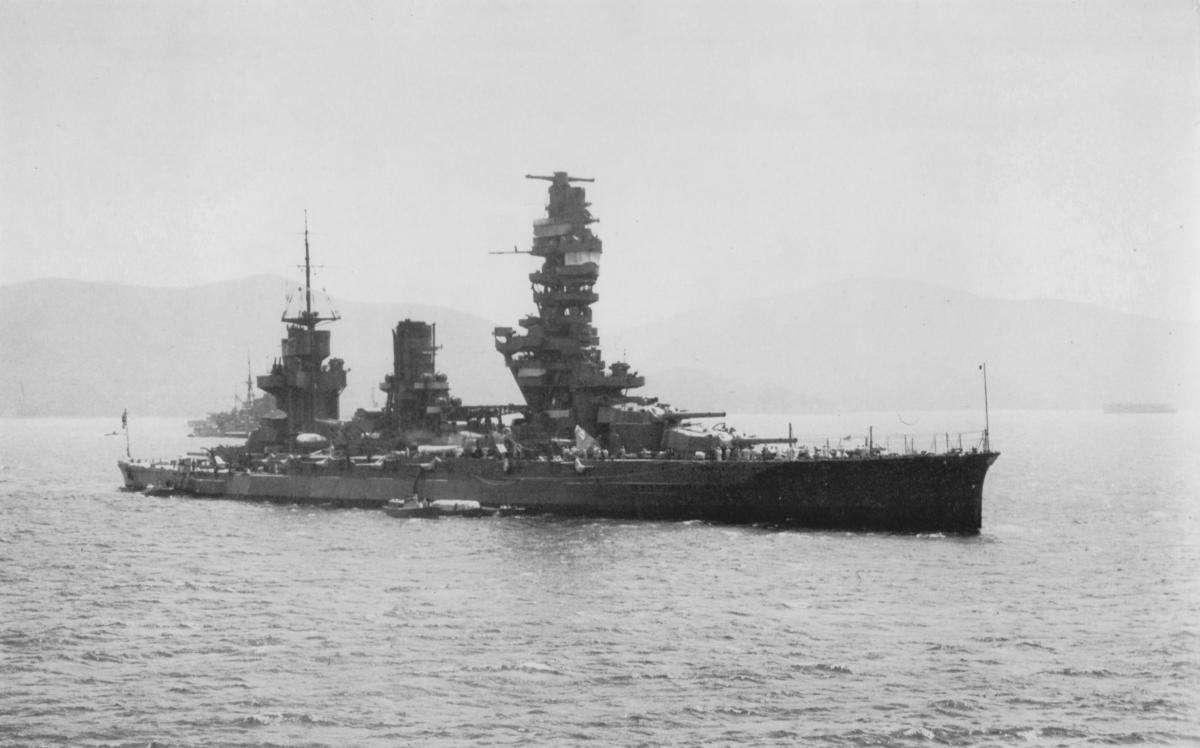
Below the waterline, battleships also had additional torpedo protection in the form of “blisters” that were intended to absorb the blast from torpedoes.
Torpedo Blister

Pearl Harbor, 1940.
At the time, it was still not fully suitable as a main base for the military. Not enough fuel. Not enough repair capability. Not enough supplies. Not enough space for auxiliary vessels. But FDR demanded that the Pacific Fleet be rebased there from San Diego to deter Japanese aggression in the Pacific. Battleship Row at center.

The famous USS Arizona/American Spirit monument. Bend but don’t break.
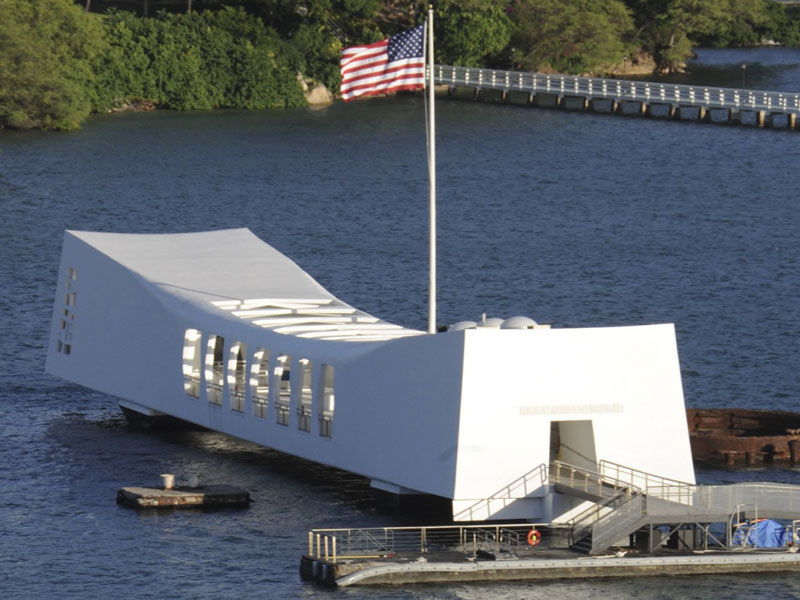
Under the monument

Even after the success of their carriers at Pearl Harbor in 1941, the Japanese plan for the Battle of Midway in 1942 still relied primarily on battleships. Their carriers were intended to lure our remaining navy into battleship range, where it would be destroyed by big guns. Note the “Main Body” and the ‘Guard Force,” right up front in the battle.
The Battle of Midway.
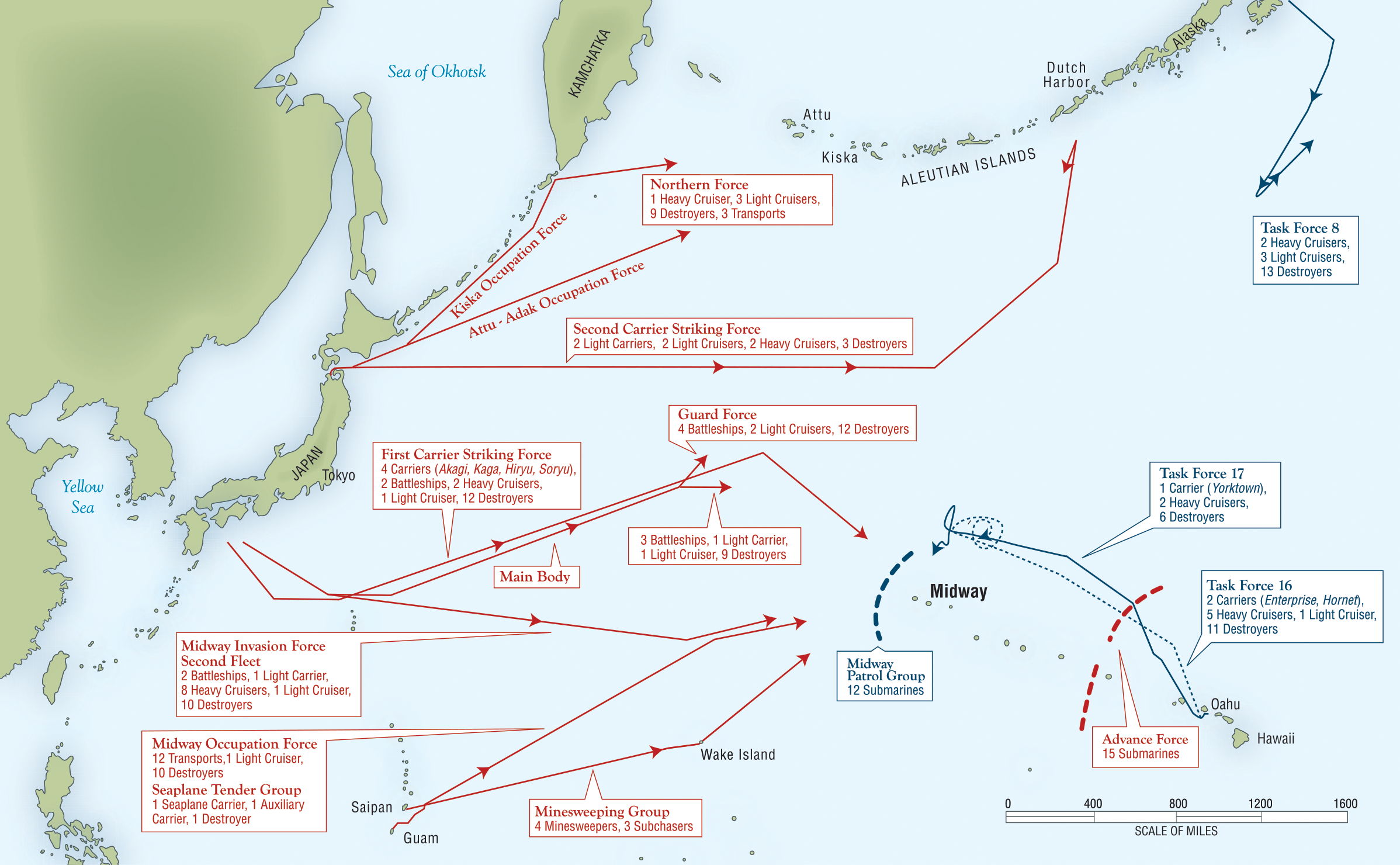
Midway was a HUGE operation. It was the last chance for the Japanese to keep us down before our production bowled them over. The Japanese had planned for everything, except for one thing. American code breakers. They had numbers, we had surprise. All their biggest battleships showed up, and didn’t fire a single shot.
Station HYPO, Pearl Harbor. US Naval Intelligence. Eugene Levy at lower left.

I’ll correct that. We had surprise, plus Robert Mitchum, James Coburn, Charlton Heston, Henry Fonda, and Robert Wagner.

With Glenn Ford in reserve.

Well, you can’t invoke Robert Wagner without a few gratuitous shots of Natalie Wood.


.jpg)

Anyway, after Midway, aside from shore bombardment, battleships didn’t fire many shots at all in WW2.
The USS Tennessee unloads an axx-load of 14” shells on a Pacific Island before an amphibious invasion.

The even bigger 16” shells that became the mainstay of the US battleship fleet.


Yeah, we’re gonna need powder for it too.


Watch out where you stand on the deck when we fire. It could get hot, and there’s a concussive effect, too.



Earlier in the war, in the tight waters around Guadalcanal, there were a few one-on-one, or two-on-two, battleship confrontations. The Japanese proved very effective at night fighting, but our gunnery, radar, firefighting, and survival skills proved better, and so we won the close-up, in-your-face fights.
A rare head-to head battleship matchup. The Second Naval Battle of Guadalcanal. USS South Dakota is ambushed in the dark by the IJN Kirishima and hit 26 times. USS Washington shows up and lays down the law, sinking the Kirishima with over 20 hits.
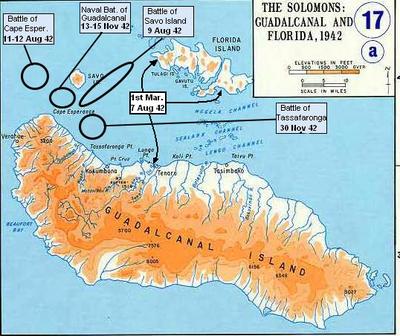
Wounded warrior USS South Dakota (BB-57) patching up after the battle.

USS Washington (BB-56), The Victor.

IJN Kirishima. The vanquished.

Later in the war battleships became large anti-aircraft platforms, helping to shoot down kamikazes he77 bent on sinking our carriers.
The USS Franklin, CV-13, in trouble after a kamikaze hit. Another ship suffers the same fate behind.
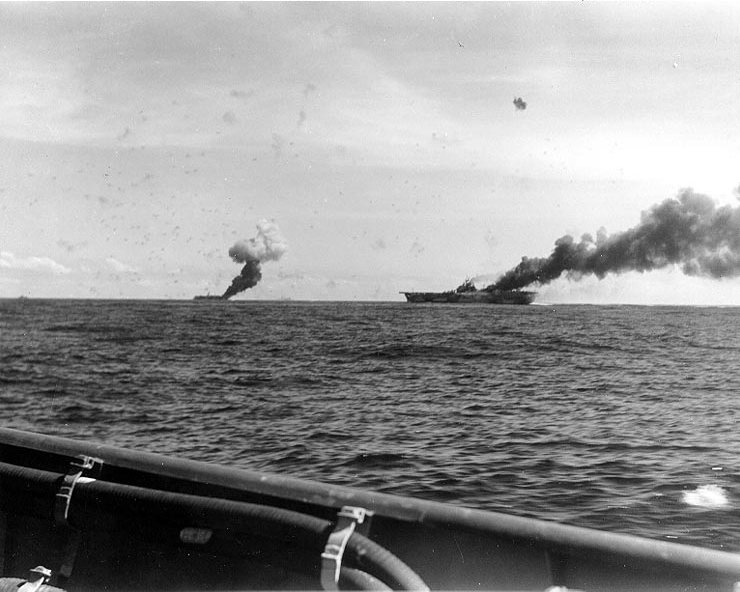
The Franklin listing. It was named after Ben, not the Civil War battle in Tennessee.

Miraculously, the Franklin survived this raging inferno. Superior firefighting.

Despite the undeniable rise of the carrier and decline of the battleship, a final, classy nod was given to the battleship at the war’s end in Tokyo Bay in 1945. The surrender documents were not signed on the deck of a flattop, but by the turret of a mighty battlewagon.
The USS Missouri (BB-63)
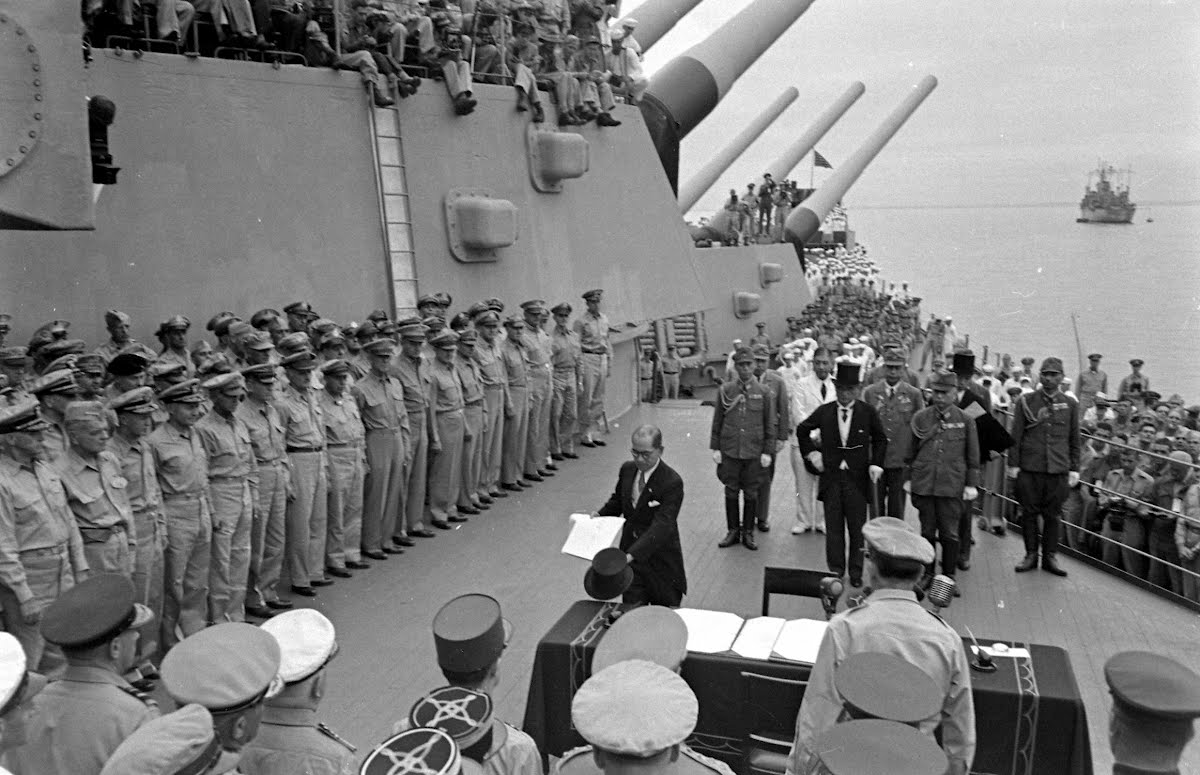
Battleships had a brief coda doing shore bombardments in Korea and Vietnam, and as a cruise missile platform in the Gulf War. But that was the last hurrah.
USS Iowa (BB-61). Tomahawks away!

They also became the star of certain Steven Segal/Tommy Lee Jones/Gary Busey action flicks.

Carl Vinson had predicted the future in June 1940, before WW2 even began for us.
"The modern development of aircraft has demonstrated conclusively that the backbone of the Navy today is the aircraft carrier. The carrier, with destroyers, cruisers and submarines grouped around it, is the spearhead of all modern naval task forces."
That was a year and a half before Pearl Harbor. And that composition of carriers, cruisers, destroyers, and subs, remains almost exactly the same today, over 90 years later.
A modern carrier task force. No room for battleships.

Today, the once mighty battleships are left to stand guard over American ports at 10 museums around the nation. Here’s a few.
USS Texas (BB-35) at Houston

USS North Carolina (BB-55) at Wilmington

USS Massachusetts (BB-58) at Fall River, Mass

USS Iowa (BB-61) at Los Angeles (it’s the one in the front)
.jpg)
And sometimes, people love battleships so much they don’t even need a port to have one.
USS South Dakota (BB-57) Memorial. Sioux Falls, South Dakota

|
|



 to award
the award.
to award
the award.



























.jpg)




















.jpg)


